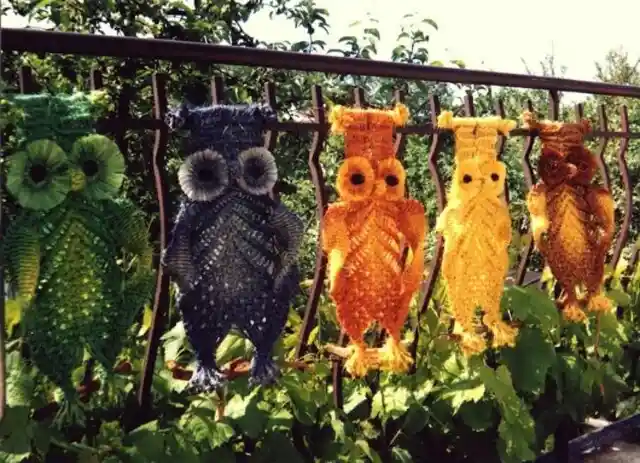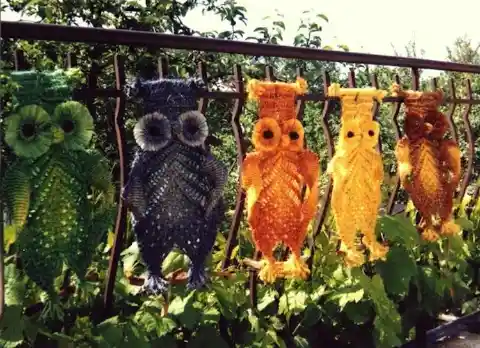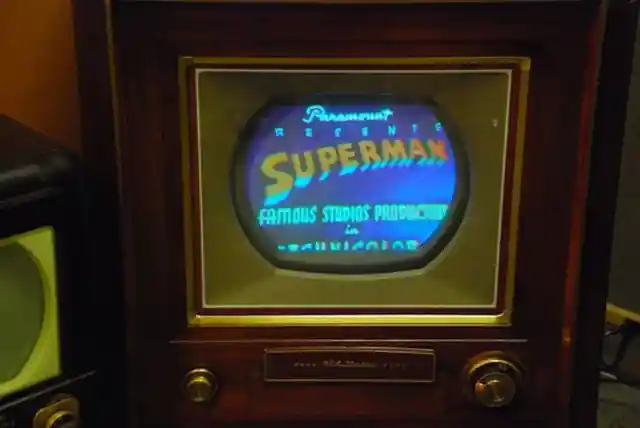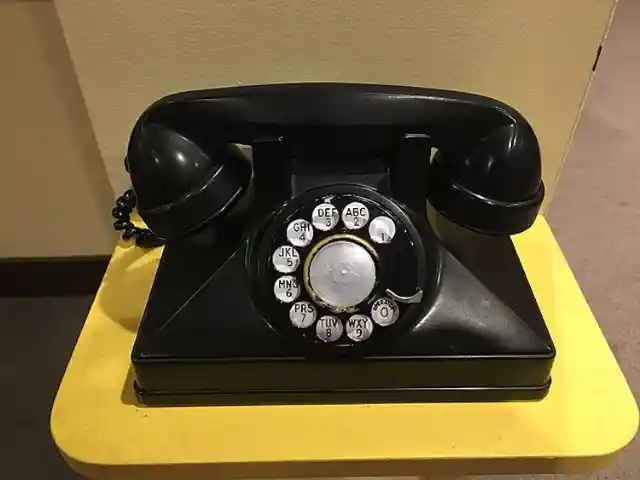Snag Some Shag
Times change, and so too, does home décor. Every decade sees what appears to be a world of change when it comes to house styles, furnishings, colors, and layouts. What was once considered to be trendy is suddenly is seen as outdated – boring or bland, faded or frivolous, unsophisticated or uninspiring.
Home décor in the 1970s had its own unique look, which some would call groovy and others would say as garish. However, one thing is for certain – the look of a ’70s home was certainly distinctive. They often featured accessories and furnishings that set the era apart from any other time in home design.
Some ’70s homes displayed original hardwood floors, but the hippest households boasted a robust shag carpet in brilliant colors such as lemon yellow, sherbet orange, or avocado green. At the very least, the carpet provided a snuggly resting place for when the family hamster was let out to play.
Hot Appliances, Cool Colors
Forget the soft glimmer of today’s stainless steel kitchen appliances. Stoves, refrigerators, and dishwashers in the ’70s were awash in colors of rich harvest gold, vibrant olive green, and deep, beautiful brown, which was great for hiding stains and fingerprints.


My-Oh-My Macramé
Macramé seemed to have many uses in the ’70s home. It was often displayed as curtains, plant hangers, room dividers, tablecloths, and more. At the time, who knew the macramé owl would become a household staple?


Big TV, Little Screen
When it came to ’70s television, the sets themselves were big, but the screens were small. Televisions were considered a piece of furniture, and as such, they were set in large wooden consoles that took up a great deal of space. On the other hand, they looked good – you just needed to ignore the fact you had to squint to see the picture on the screen.
Decor That Floored
Good old linoleum – what more could you ask of flooring other than to be scuff-resistant, burn-resistant, and tear-resistant? People in the ’70s couldn’t resist adding this item to every room in the house, regardless of whether it clashed with paint colors, furniture, or even one’s own personal taste.
Lower-Level Rooms In High Demand
Forget the hot water tank, the furnace, and the stacked-to-the-ceiling cardboard boxes, all of which are at home in a basement. During the groovy era of the ’70s, basements were finished, meaning that they became living spaces often called club rooms. Now, cue the addition of the console TV set and the fake wood paneling.


The ’70s Called And They Want Their Phone Back
The wall phone came in a variety of must-have colors – think petal pink, crayon blue, or deep black. They also came with a cord that could be stretched to accommodate movement to another room, should your require privacy when talking. If you stretched the cord frequently and far enough, you might actually be able to walk down to the club room too.